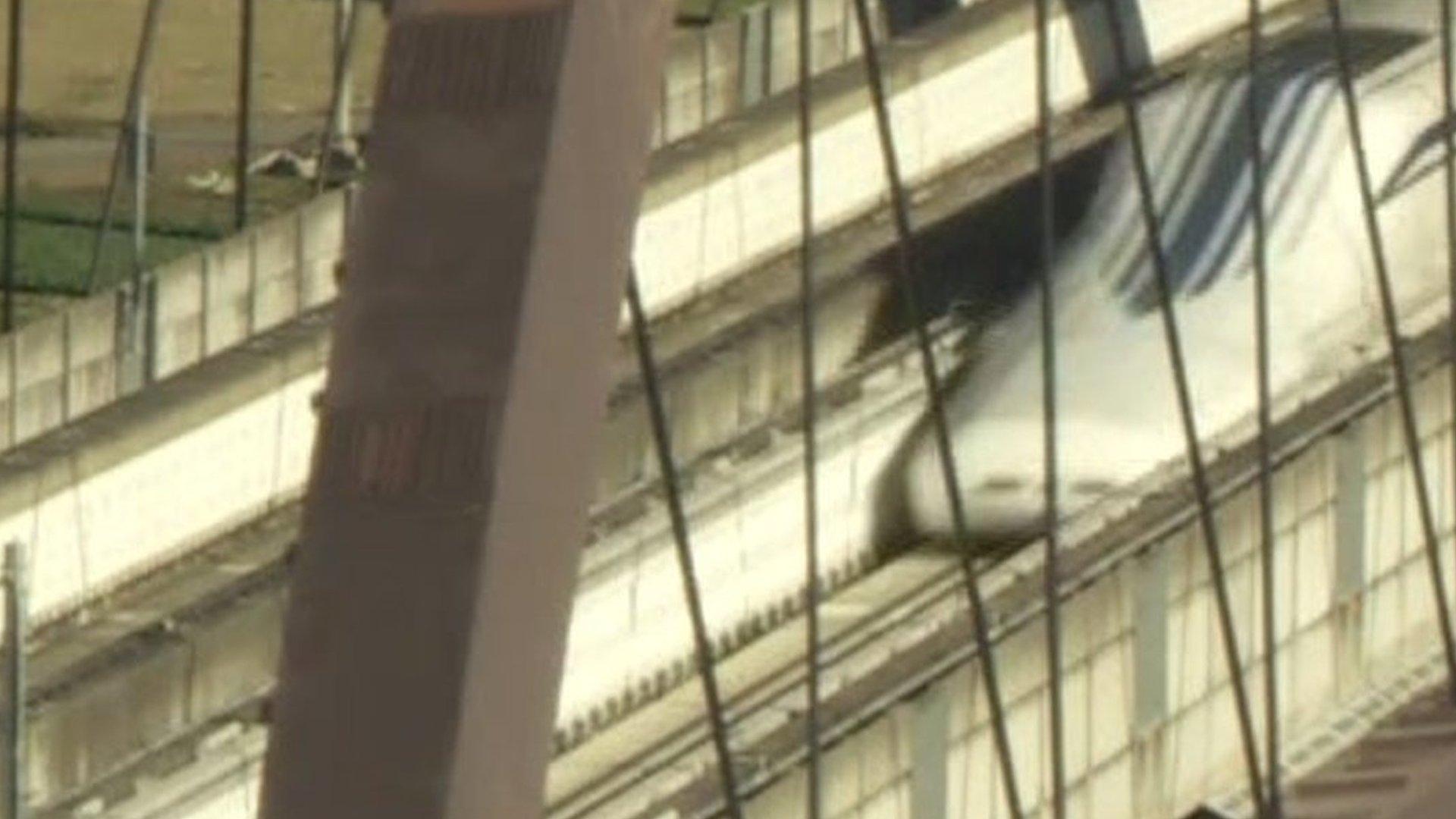Reality Check: When is a train on time?
- Published

A Japanese railway company made headlines after it apologised for sending a train off 20 seconds early.
The idea of "deeply apologising" for the "severe inconvenience" of a lost 20 seconds seemed almost alien to commuters who have to put up with much greater disruption in other countries.
Allow X content?
This article contains content provided by X. We ask for your permission before anything is loaded, as they may be using cookies and other technologies. You may want to read X’s cookie policy, external and privacy policy, external before accepting. To view this content choose ‘accept and continue’.
Allow X content?
This article contains content provided by X. We ask for your permission before anything is loaded, as they may be using cookies and other technologies. You may want to read X’s cookie policy, external and privacy policy, external before accepting. To view this content choose ‘accept and continue’.
Allow X content?
This article contains content provided by X. We ask for your permission before anything is loaded, as they may be using cookies and other technologies. You may want to read X’s cookie policy, external and privacy policy, external before accepting. To view this content choose ‘accept and continue’.
In Japan, the average high speed bullet train arrives at its final stop just 54 seconds behind schedule, external, and that includes delays caused by uncontrollable factors such as natural disasters.
If a Japanese train is five minutes late or more, its passengers are issued with a certificate. They can show this to their boss or teacher as an excuse for being late.
But what if other countries' rail networks wanted to compare themselves with Japanese punctuality?
It turns out to be a far harder task than you might imagine.
When is a train on time?
Most countries in the world publish statistics that show what percentage of their trains arrive "on time".
You might think that a train is "on time" if and only if it isn't late. But it isn't quite that simple.
The problem is that, unbelievable as this may sound, there is no consensus on what counts as "on time".
Here's an example.
The Swiss railway claims to be the most punctual in Europe.
It says 89.7% of its trains were "on time" between January and October.
Great Britain does not have the same reputation. But during the past 12 months, 88.3% of its rail services were "on time". , external
Does that mean British trains are almost as punctual as the Swiss?
Not necessarily.
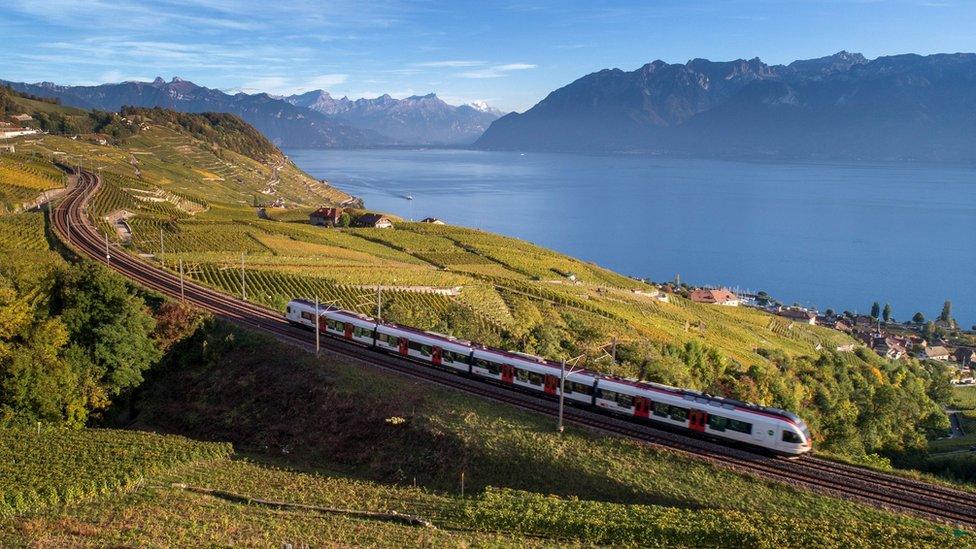
Switzerland has much a stricter threshold than the UK, France or Germany for classing trains as "on time"
First, the two countries have different ideas about when a train is "on time".
For the Swiss, a train is late if it arrives at the station more than three minutes after the advertised time. In Great Britain, it can be up to five minutes late and still count as "on time" (or up to 10 minutes if it's a longer journey).
When you look at how many British trains were no later than three minutes, the figure is 83.7%.
Secondly, the two countries aren't measuring the same kind of punctuality.
In Great Britain, the regulator looks at when the train arrived at its final destination.
In Switzerland, they don't monitor the trains, they look at the punctuality of individuals - how late did each passenger arrive at whichever station they wanted to get off at?
Network Rail, which is responsible for British rail tracks and other infrastructure, says it's working to be able to measure punctuality at every stop, not just the terminus, external.
Whose time?
It seems almost as though no two countries have the same standards on punctuality.
A US train is allowed 10 minutes' leeway for journeys up to 250 miles, external - but that increases to 30 minutes for journeys of more than 550 miles.
In Ireland and Northern Ireland, a train is "on time" if it's less than 10 minutes late, external (five minutes for Dublin's Dart network).
Australia's rail companies each have their own definitions of punctuality. In Victoria, trains have between five and 11 minutes' leeway, external, while Queensland's trains have either four or six minutes, depending on the route., external Meanwhile, Sydney Trains measures punctuality during only peak periods. , external
In Germany, there are two kinds of "on time". So far this year, 94.2% of trains have reached their final destination within six minutes, external of the scheduled time, and 98.9% within 16 minutes.
"Comparing the numbers is close to an impossible task," says Ben Condry, associate director of the Railway and Transport Strategy Centre at Imperial College London.
"Even if you consider only the percentage of trains on time, there are some very significant differences in measurements and definitions.
Force majeure
"Are cancelled trains counted as 'late' or excluded from the data altogether? What about trains which are partly cancelled? What if a replacement bus is provided?"
"Are some types of delay excluded from the data - such as extreme weather, ill passengers, strikes?"
For example, Taiwan's High Speed Rail Company says 99.66% of its trains were on time in 2015 , external- but that excludes trains that were delayed by factors outside the company's control.
And, as Mr Condry says: "The scale of the impact of some of these factors can easily outweigh any real differences in punctuality."
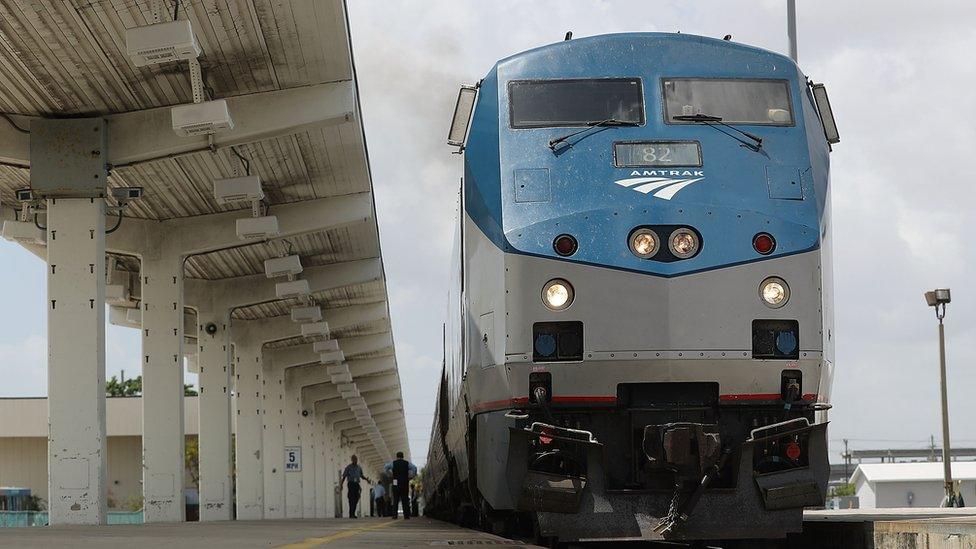
In 2015, 71% of Amtrak trains were "on time" - but some of the longer distance services could have been up to half an hour late
What else to measure?
Nor should we stop at counting the trains that arrive on time.
Umit Bititci, professor of business performance at Heriot-Watt University asks: "When you are late, how late are you?"
Imagine two rail companies, both running 95% of services on time. What about the other 5%?
"Imagine in the first company those trains are seconds late, but in the second they're hours late. You want to see distribution as well."
We might also want to look at the start of the journey, as well as the end.
"Leaving early might be problematic - you leave people stranded - but is arriving early problematic? It's not."



- Published16 November 2017
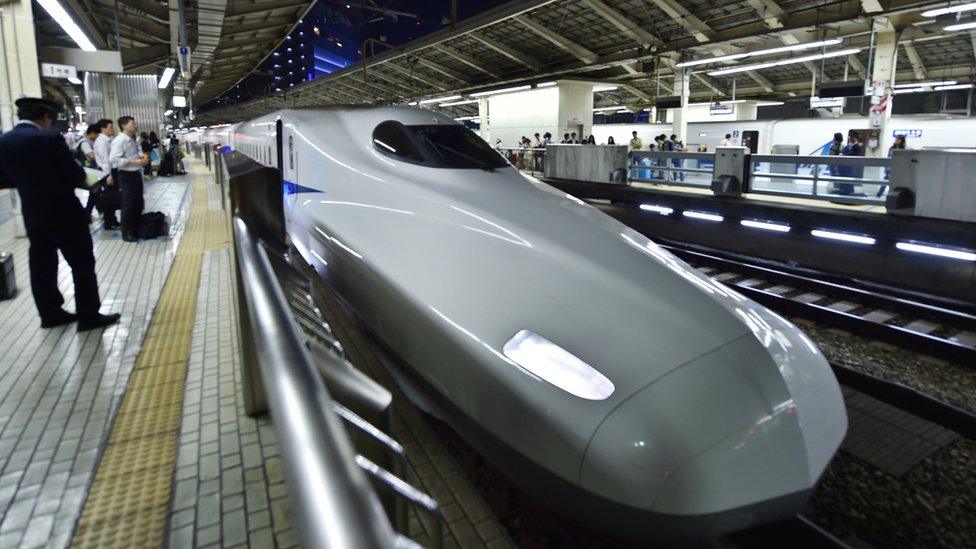
- Published14 September 2017
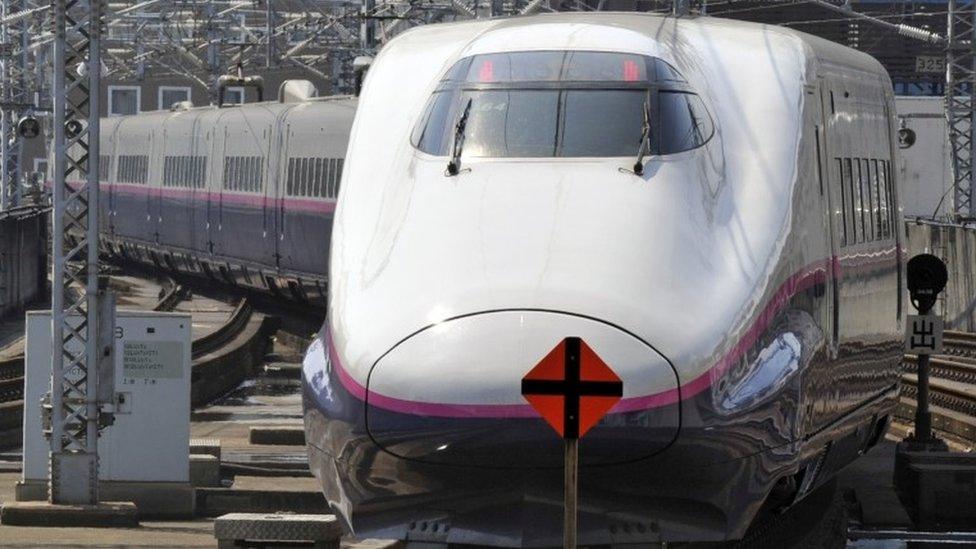
- Published24 November 2015
